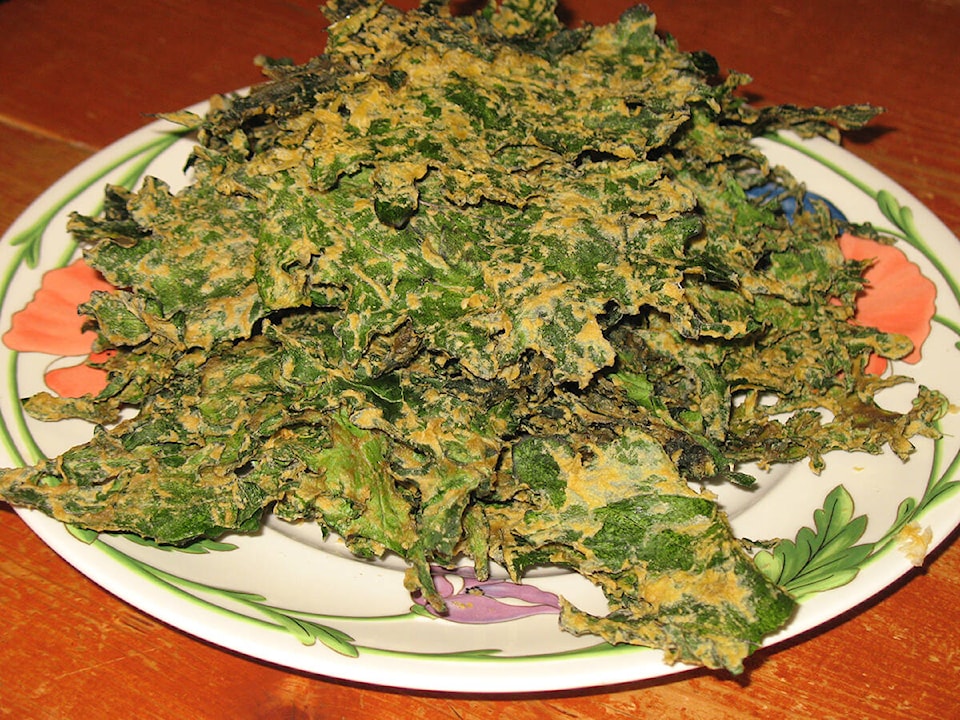By Mary Lowther
With the garlic planted, fall and winter crops in the ground and hoses rolled up and tucked away it is time to deal with the crops still unharvested, planted late in the season in an attempt to squeeze a little more time out of our uncertain climate. Some of them have not completely ripened, but allowing them to go to waste would be an affront to generations of Scots forebears and I wouldnae care to be visited by the Spirit of Grannies Past.
What then to do with my green tomatoes, unripe beans and squash, with leggy herbs, amaranth, dill, lettuce and flax seeds? They must be harvested, whatever their state, before a hard freeze does them in. Since everything is soaking wet I must first bring them in to dry.
Tomatoes, even green ones, have enough acid that they can be processed in a hot water bath and turned into relish. Squash that hasn’t turned orange yet is brought under cover to sit in the sun for two weeks, given a quarter turn each day in the hope they will mature a bit more. Then I’ll wipe them down well, coat them with a thin layer of olive oil and store them in the house where it doesn’t get as cold as the pantry. David thinks storing squash is a waste of time since he doesn’t like the stuff, but I’ve seen him happily wolf down a steaming bowl of spicy squash soup in January. If he wants to know what’s in it I am sure to mention the cumin and turmeric before I ask if he thinks I should use more nutmeg.
Beans too well developed to be used as green beans but too unripe to harvest for dried beans can be tricky to use. I’ll slice them thinly, dry them in my dehydrator and process them to a powder in the blender, doing the same with tomatoes that don’t become relish, the rest of the peppers and anything else that’s worth saving. I can add the powders to winter soups and stews. To keep weevils from setting up shop in these ground vegetables I’ll add a bay leaf to each container; to reduce humidity I’ll add a dry crust of bread.
I’ll give my herbs one last haircut and hang them up in bunches to dry, making sure to label each one. When they dry, I’ll rub the leaves off the stalks and store them in labeled bags in the cold pantry. I’ll save the stalks to strew in the garden paths next year because they smell good when I walk on them.
My kale and parsley just won’t stop growing. Kale tastes great when it’s dehydrated with a little oil and salt, but I think parsley loses so much flavour when it’s dried that I don’t bother. I prefer to cut what I need at the time and let the plants go to seed the following year. By then I’ll have sown more parsley for that year’s use.
Here’s a nice variation for dried kale using nuts that might make a good Christmas treat:
1 head kale
2 cloves garlic
½ cup nuts
¼ tsp cayenne
1 red pepper OR 15 g. dried tomato plus 1 T. lemon juice
¼ tsp salt
¼ tsp black pepper
Soak the nuts (and dried tomatoes if used) for two or more hours. Drain water, reserving ¼ cup. Blend all ingredients except the kale in the saved ¼ cup of water. Place kale in bowl and add nut mixture. Mix with spatula or your hands and dehydrate until dry, about two to six hours. If you don’t have a dehydrator, dry them in a slow oven.
Don’t tell David they’re kale. Just talk about the spices until his brain is full and he’ll never know the difference.
